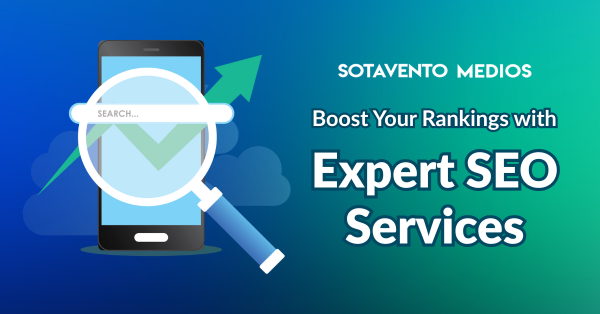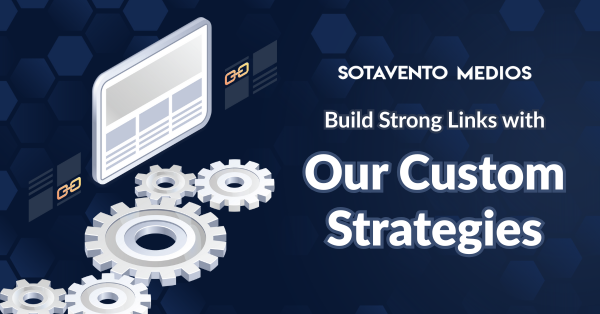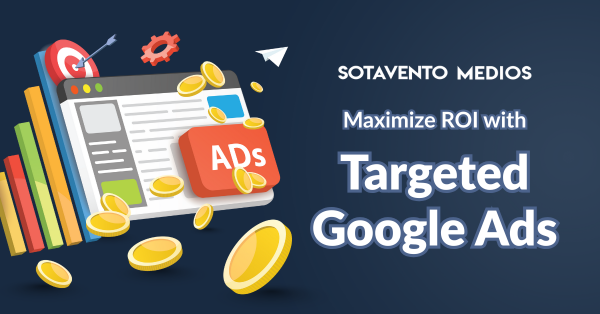The world of Search Engine Optimization (SEO) has reached an important turning point. B2B strategists now face a significant challenge. The once reliable measurement of organic traffic is under pressure from two main forces: the rise of AI Overviews (AIOs) and the prevalence of ‘Zero-Click Searches.‘ This isn’t just about an algorithm update; it represents a major change in how users, particularly high-intent business decision-makers, access information.
At Sotavento Medios, our role as technical AEO experts is very clear. Traditional SEO is evolving into Answer Engine Optimization (AEO). The focus isn’t merely on ranking on the first page anymore; it’s on becoming a trusted, cited source within Google’s and other LLMs’ summarized answers. This article will outline the necessary technical requirements and strategic shifts needed to succeed in this new visibility-first landscape.
The Technical Reality: Why Clicks Are Declining
Zero-Click Search refers to queries where users get their answers directly on the Search Engine Results Page (SERP) without clicking through to a website. Recent industry data presents a concerning trend: in some markets, over 50% of Google searches are zero-click, as AIOs have cut click-through rates (CTR) for informational content by an estimated 35%.
The main reasons behind this B2B SEO dilemma—where rankings improve but traffic stays flat—are entirely technical and structural:
- AI Overviews (AIOs) & Generative Engine Optimization (GEO): Driven by advanced Large Language Models (LLMs) like Gemini, AIOs combine information from various sources to deliver a quick, clear answer at the top of the SERP. The aim is speed, making it less necessary for users to visit the source for straightforward or definitional questions.
- Structured SERP Features: Elements like Featured Snippets (Position Zero), Knowledge Panels, and extensive People Also Ask (PAA) boxes are now so robust that they often fully satisfy users’ informational needs right away.
- Semantic Completeness: Modern search relies on understanding entities and meaning, not just keywords. AI favors content that presents clear subject-predicate-object relationships and offers direct, immediate answers.
The implication for B2B marketers is not to abandon SEO, but rather to adjust their technical strategy from a traffic-focused model to one centered on citations and authority.

Redefining Technical SEO for the AEO Era
Moving to AEO requires a focused approach to site structure and content presentation, making your resources easy to read and cite for AI models.
1. Mastering Technical Infrastructure for Speed and Trust
In a landscape of zero-click answers, the speed and credibility of your site are even more vital. AI favors sources that demonstrate high E-E-A-T (Experience, Expertise, Authoritativeness, and Trustworthiness).
- Core Web Vitals (CWV) as AI Trust Signals: Focus on achieving strong CWV scores. A fast, stable site (low LCP, low CLS, low INP) is not only important for user experience; it’s a key trust signal that Google’s systems evaluate when selecting sources for AIOs. A slow Time to First Byte (TTFB) or poor rendering can completely dismiss your content.
- Aggressive Schema Implementation: Structured data is how AI communicates. Full implementation of relevant Schema Markup (like Article, FAQPage, HowTo, Product, and crucially, Speakable schema) is essential. This guides search engines in understanding what information your page holds, greatly boosting its chances of appearing in rich results.
- Entity Optimization and Cross-Reference Validation: Ensure key people, products, and concepts (entities) are clearly defined and consistently mentioned throughout your domain. AI models leverage cross-validation. If your main product page is also highlighted in various case studies and technical articles, its authority is enhanced, making it a stronger candidate for citation.
2. The Answer-First Content Architecture
Your content structure must shift to meet the needs of AEO. You should provide the AI with a clear answer before delving into more details for human readers.
- The 40-80 Word Direct Answer: Each article focusing on an informational or semi-informational query should start with a clear, 1-2 sentence (40-80 word) answer to the main question, ideally right after the H1. This serves as the Featured Snippet/AIO Hook.
- Conversational Query Integration: Use H2 and H3 headings framed as natural questions (for example, “How Does Vector Embedding Influence Semantic Search?”). This is essential for visibility in voice search and aligns with the conversational tone of generative AI queries.
- Scannable, List-Based Formatting: AIOs often pull information from bulleted or numbered lists. Simplify complex processes, benefits, and key takeaways into easy-to-read lists and comparison tables. This format works well with LLMs and promotes direct citation.
The New B2B Metric: From Traffic to Influence
The real challenge of AEO for B2B is attribution. The value exchange has changed. You’re trading some direct traffic for significant brand influence and topical authority in the early stages of the buyer’s journey.
- Tracking Citation Rate and Share of Voice (SOV): B2B marketers now need to look beyond traditional keyword rankings. New KPIs include:
- Citation Frequency: How often your brand or domain is mentioned (both linked and unlinked) within AI Overviews, Featured Snippets, and PAA boxes.
- Branded Search Uplift: Monitoring the increase in direct and branded search queries that follow your content gaining high visibility in zero-click placements.
- High-Value, AI-Resistant Content: AI is great at compiling common knowledge. Your AEO content should focus on delivering unique, proprietary value that an LLM cannot simply recreate:
- Original Research: Broaden your reach by publishing original data, internal surveys, or proprietary industry benchmarks. Content with exclusive statistics or charts from your firm is highly valuable for citation.
- Experience-Based Case Studies: Provide detailed, outcome-driven case studies and expert commentary that highlight E-E-A-T (for example, “How We Reduced Latency by X% Using [Proprietary Technique]”).

The Sotavento Medios AEO Challenge calls for an acceptance of the technical future of search. The era of zero-click searches does not eliminate SEO; it simply raises the level of technical expertise needed to succeed. Visibility has become the new measure of brand authority. By focusing on deep technical optimization—speed, structured data, and answer-first content architecture—your B2B organization can shift from merely driving traffic to strategically claiming the authoritative answer, establishing your brand as the essential expert from the very first search query.

















